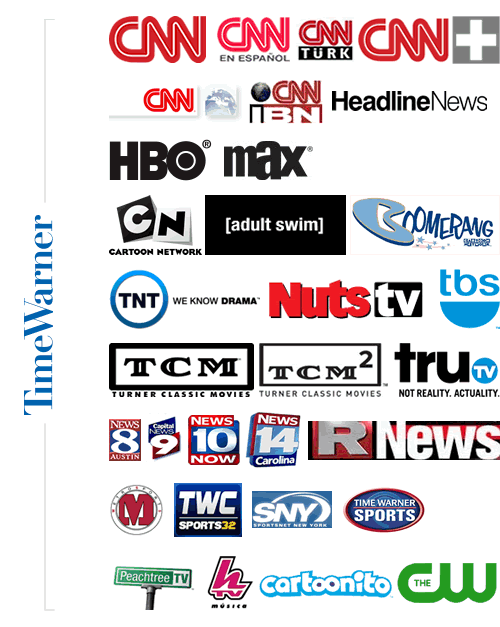Health
and Advertising
Advertisements
are such a large part of everyday life through television, billboards, and
magazines that we often neglect to acknowledge the powerful impact they can
have on our overall wellbeing and health. As consumers, we are constantly bombarded
with advertisements which use false images and scenarios designed to make us
desire not only products, but also a certain perceived image, regardless of the
negative effects of trying to obtain this unachievable lifestyle. Advertisements
which portray beauty as being a certain size, as well as ones that promote the
use of tobacco, alcohol, and prescription drugs can often cause detrimental
health effects to a misguided audience.
My
personal experience with being effected by seeing advertisements which
portrayed beauty as being a stick figure size allowed me to easily relate to
the challenges faced by women everyday who see these advertisements. For most
of my life, I have greatly struggled with self-image. This is due to the fact
that the majority of what I have seen in magazines and on television are extremely
skinny people advertising the latest and coolest clothing. When I was thirteen,
I looked at my first Teen Vogue
magazine, and was convinced that the only way I could be truly happy and
beautiful was to be the same size as the models pictured. Even though I came
from a loving and supportive family who told me I was perfect just the way I
was, certain aesthetically pleasing advertisements which showcased thin girls
wearing stunning clothing and being surrounded by attractive guys warped my
thought process and convinced me that I wasn’t beautiful. It wasn’t until I was
older that I finally realized that beauty actually does come in all shapes and
sizes. Many young girls and women struggle with eating disorders such as anorexia
and bulimia because they are made to believe that looking like the models do in
the advertisements will allow them to be seen as beautiful. This is dangerous
because a person’s mindset can become negative as they try to obtain an unrealistic
and unhealthy weight. On the opposite, but still equally unhealthy side, some advertisements
promote very unhealthy foods which can cause health problems such as obesity. Richard
Campbell states, “More troubling is that an obese nation is good for business
(creating a multibillion-dollar market for diet products, exercise equipment,
and self-help books), so media outlets see little reason to change current ad
practices” (408).
 |
| From: http://momgrind.com/wp-content/uploads/2008/09/skinny-models.jpg An advertisement featuring very skinny models. |
Fortunately,
the use of advertisements promoting tobacco are now very much restricted due to
the poor effects tobacco has historically had on public health. Campbell
states, “Each year an estimated 400,000 Americans die from diseases related to nicotine
addiction and poisoning.” (408). In the past, the tobacco industry has
attempted to appeal to teenagers. This was shown through the cartoon character
Joe Camel who represented Camel cigarettes. The design of Joe Camel was
effectively updated to appeal to teenagers. Campbell states, “One study
revealed that before 1988 fewer than 1 percent of teens under age eighteen
smoked Camels. After the ad blitz, however, 33 percent of this age group
preferred Camels” (408). Camel has additionally attempted to appeal to women
and African Americans through their advertisements. Due to the fact that tobacco
companies had known all along that nicotine was addictive, their advertising
became strictly limited as retribution by the government’s health division. One
of the major provisions stated that tobacco companies could no longer target
young people in their advertisements, thus Joe Camel was no longer used. Additionally,
tobacco companies were no longer allowed to sponsor athletic events or
concerts. It is important to note that these provisions are not global, but
instead only apply in the United States.
 |
| From:http://www.artofsmoking.com/images/motorcycle.jpg A picture of Joe Camel. This cartoon increased the number of teenagers who smoked Camel cigarettes. |
Drinking
alcohol can have negative effects on a person’s health. Alcohol can impair ones
thought process as well as contribute to diseases such as liver failure. Campbell
states, “Every year, about 100,000 people die from alcohol-related diseases,
and another 16,000 to 17,000 die in car crashes involving drunk drivers” (409).
Like tobacco companies, alcohol advertisements have come under great scrutiny
for trying to appeal to young people. The pressure put on young people, especially
college students, to drink alcohol is extreme. Alcohol is perceived in advertisements
as something that will give you an edge and seem cooler, sexier, and more
powerful. However, as Campbell states, “In reality, though, alcohol is a
chemical depressant; it diminishes athletic ability and sexual performance,
triggers addiction in roughly 10 percent of the U.S. population, and factors into
mostly domestic abuse cases” (409-411).
 |
| From: http://sentalala13.files.wordpress.com/2012/02/josecuervo271210448_std-40202625_std.jpg An advertisement which is trying to appeal to people by being "cool" and "sexy". |
Although
prescription drugs can be very helpful to many people, they can also carry
negative effects. Advertisements often only show the benefits of prescription
pills which greatly pressures a person to try the prescription pill because
they are under the false impression that all of their health problems will be
fixed. However, many advertisements do not give the viewer a chance to consider
the risks of the medicine. It later came out that the medicine known as Vioxx,
had harsh side effects. Effective advertisements for prescription drugs can be
tempting because they seem relatable and as if whatever physical or emotional
problems you are struggling with will be cured by the medicine. However,
viewers must remember that these advertisements only last about one to two minutes
and that is not enough time to process all of the possible side effects that
could greatly affect your body.
 |
| From: http://prescriptiondrugs.procon.org/files/1-prescription-drugs-images/vioxx.jpg An advertisement for Vioxx which was a prescription drug that had harsh side effects. |
It is
challenging living in a society in which advertisements have such a powerful
effect on us. Advertisements teach us that there is only one physical look which
qualifies as beautiful, that tobacco and alcohol are cool, and that prescription
pills will solve all of our problems. We are continuously subjected to advertisements
that are so well done that we begin to desire the product and lifestyle being
shown in them. We often neglect to consider the health risks involved with
attempting to obtain the falsely portrayed lifestyle in the advertisement. It
is important to be educated on what these health risks are so that we do not
fall victim to the cunning ways of advertisements.



























